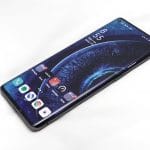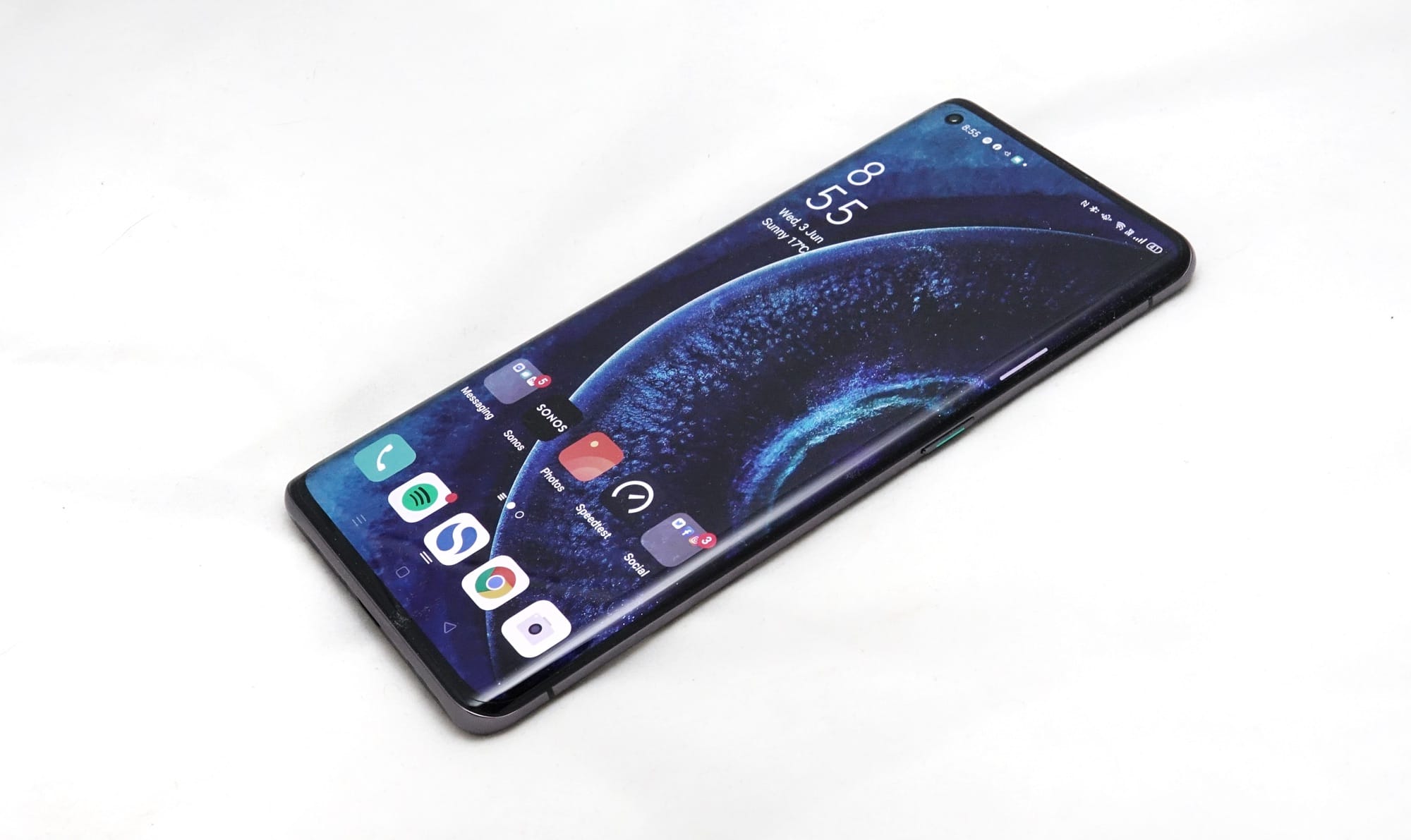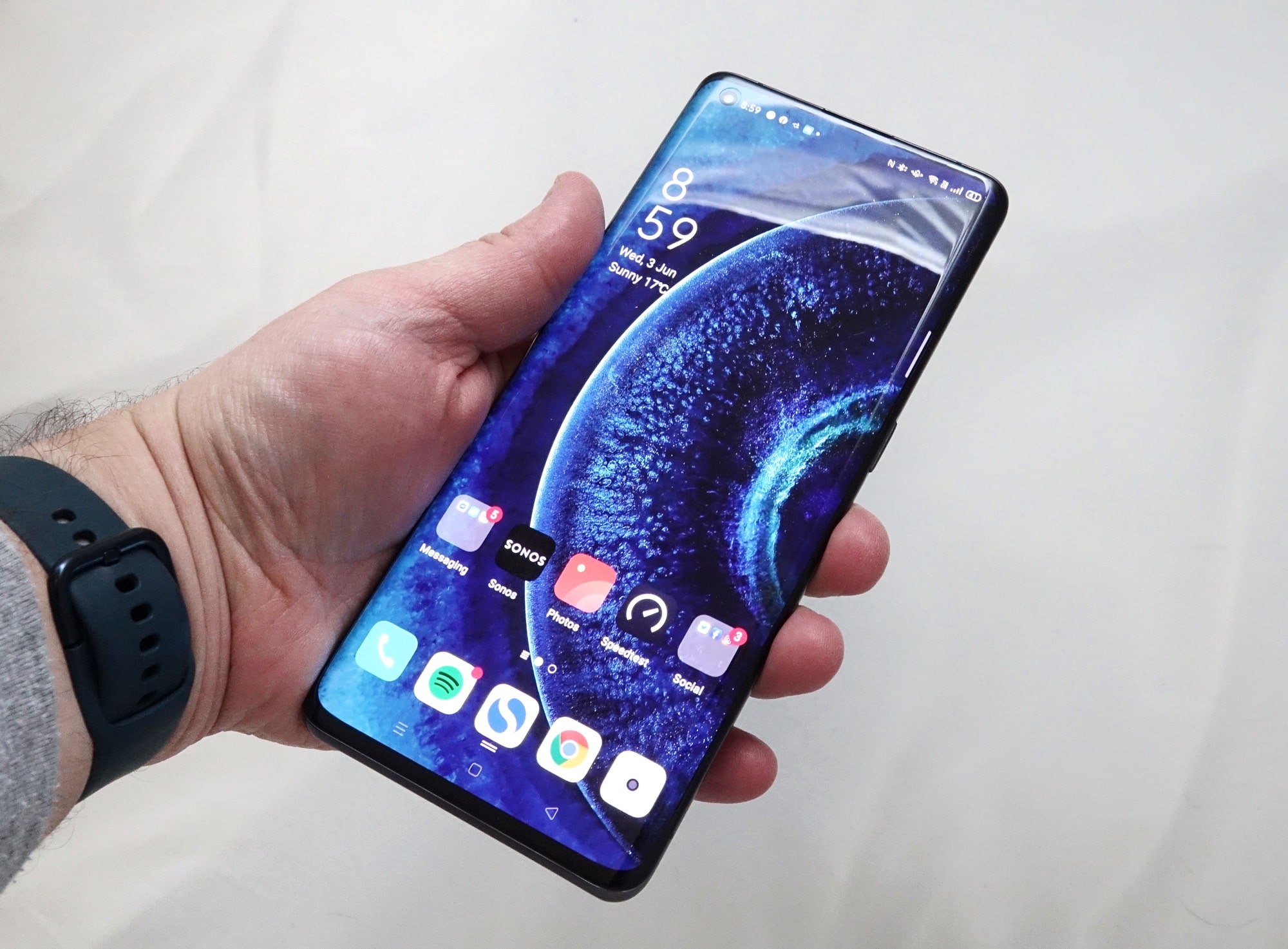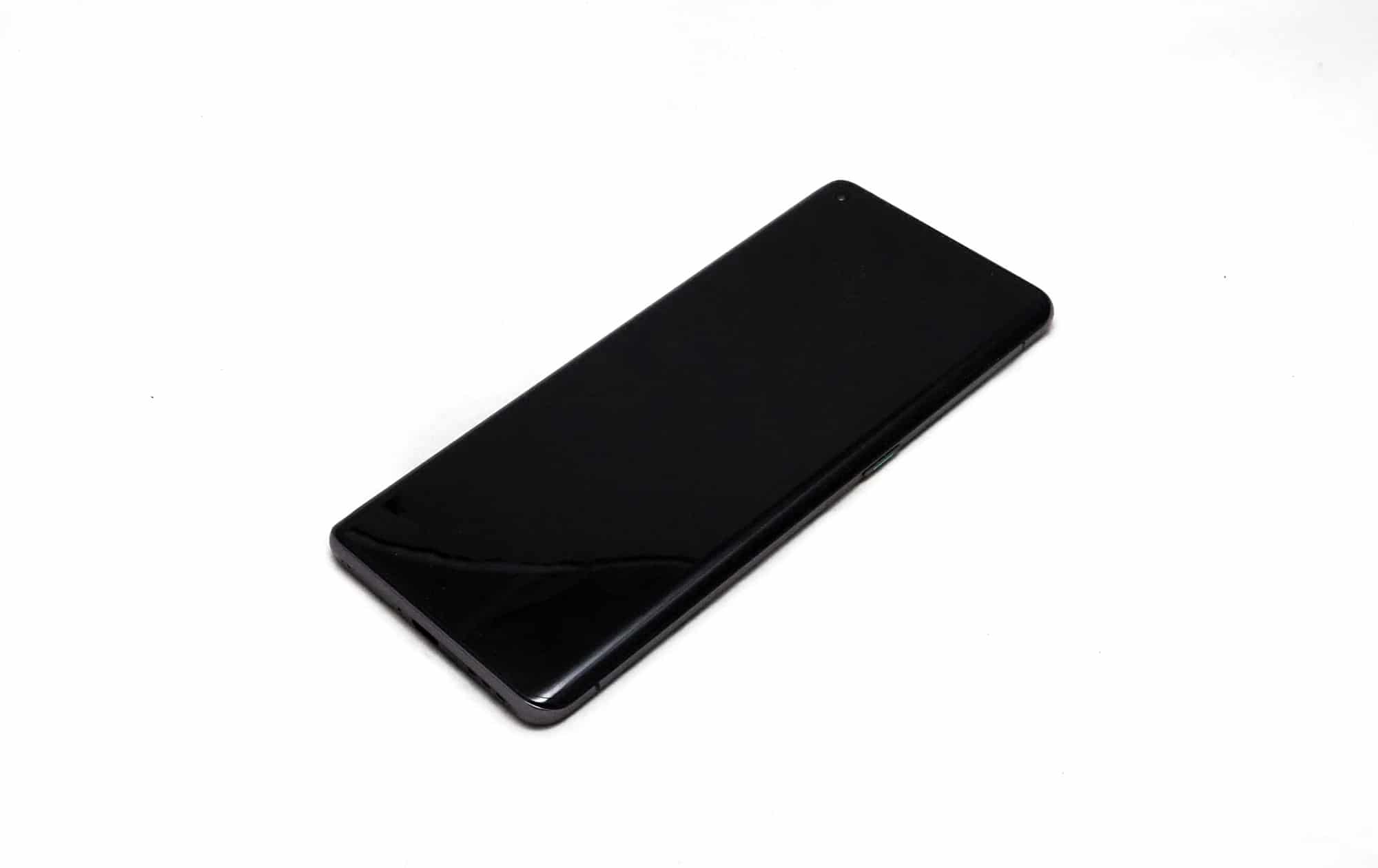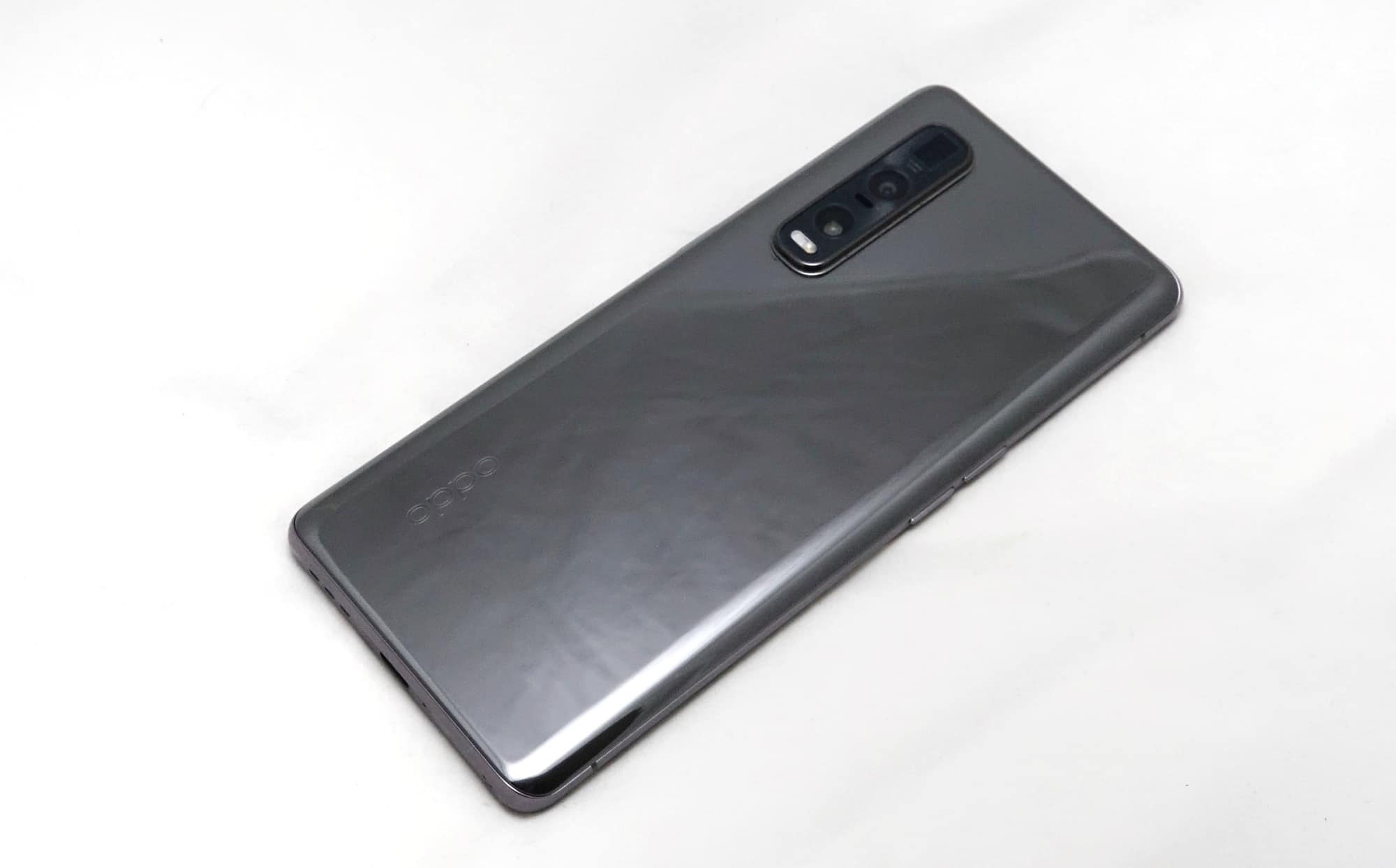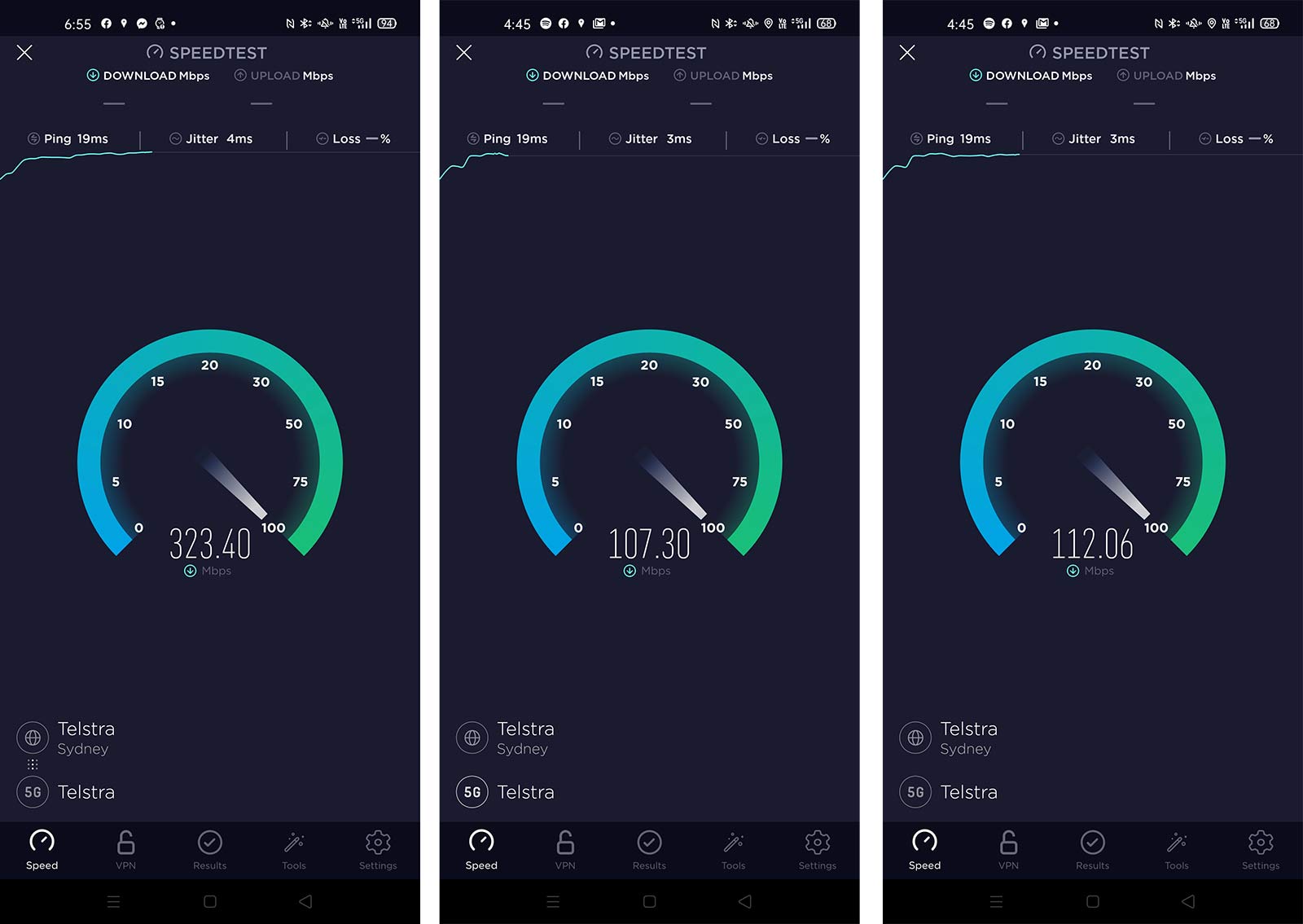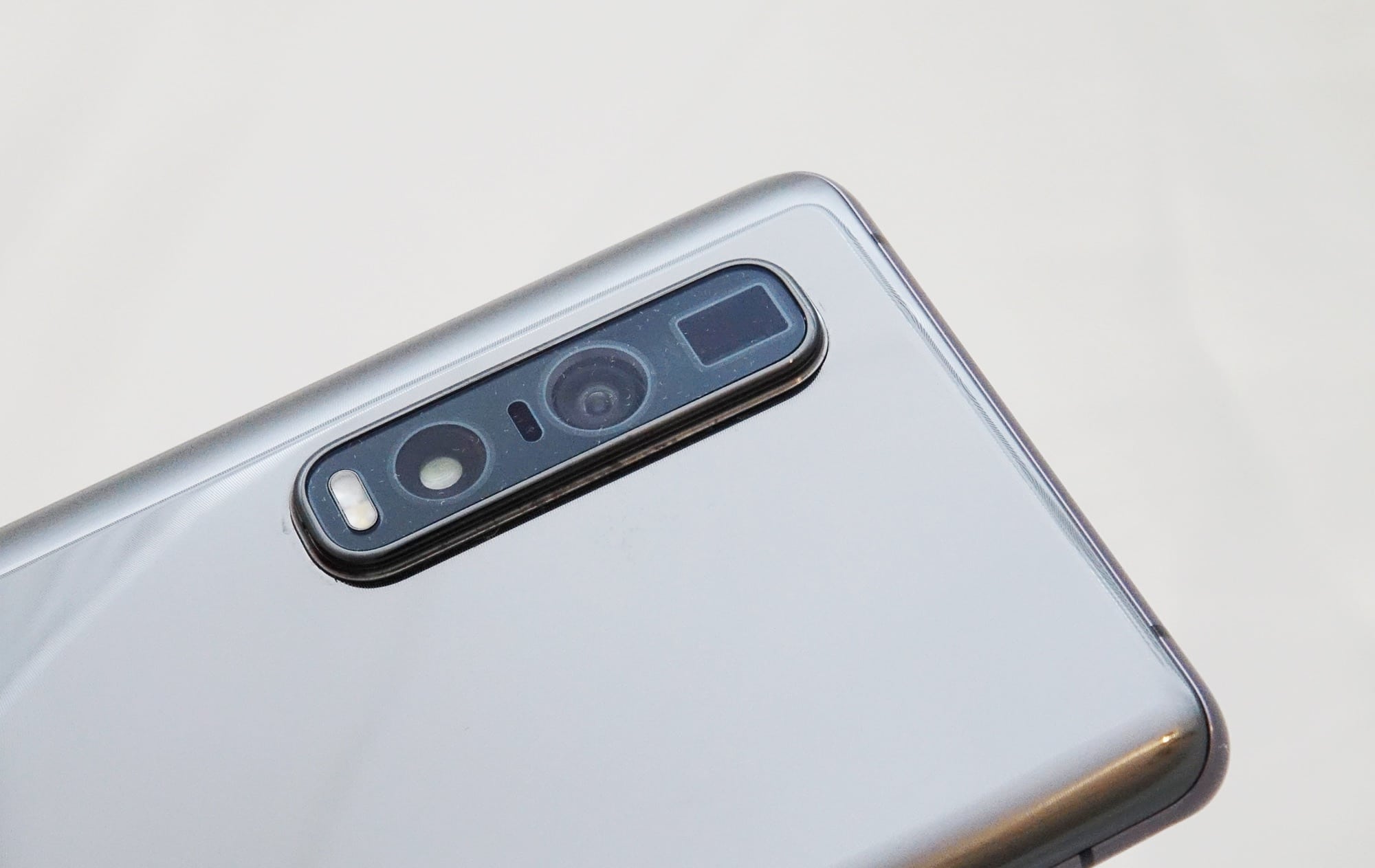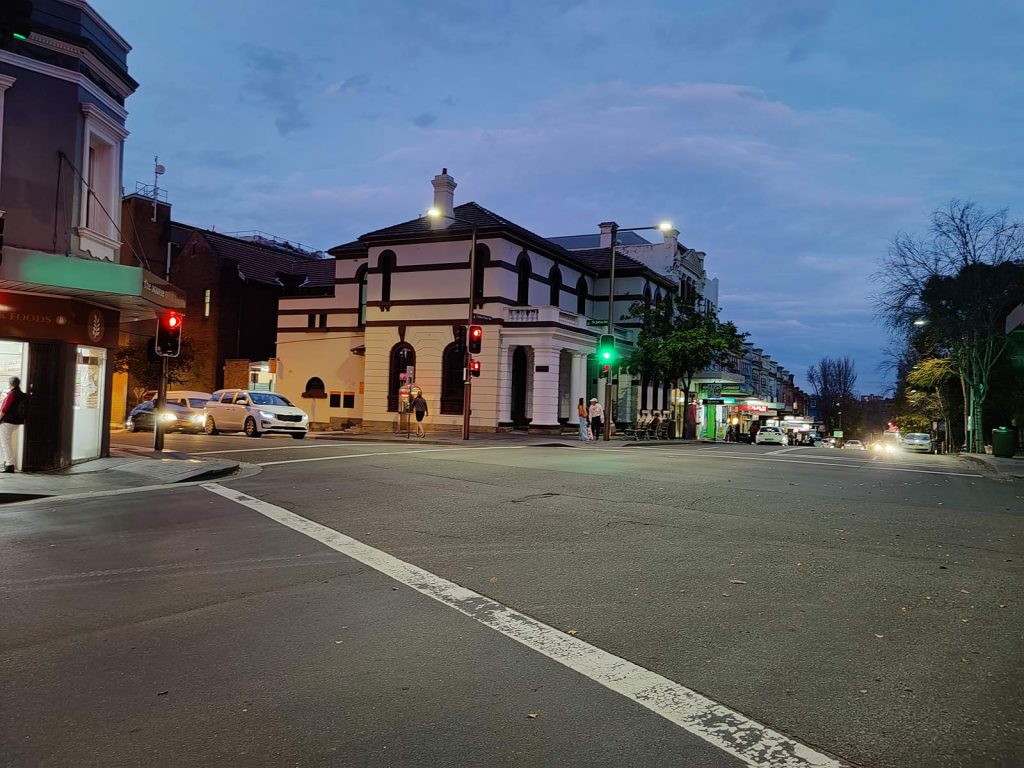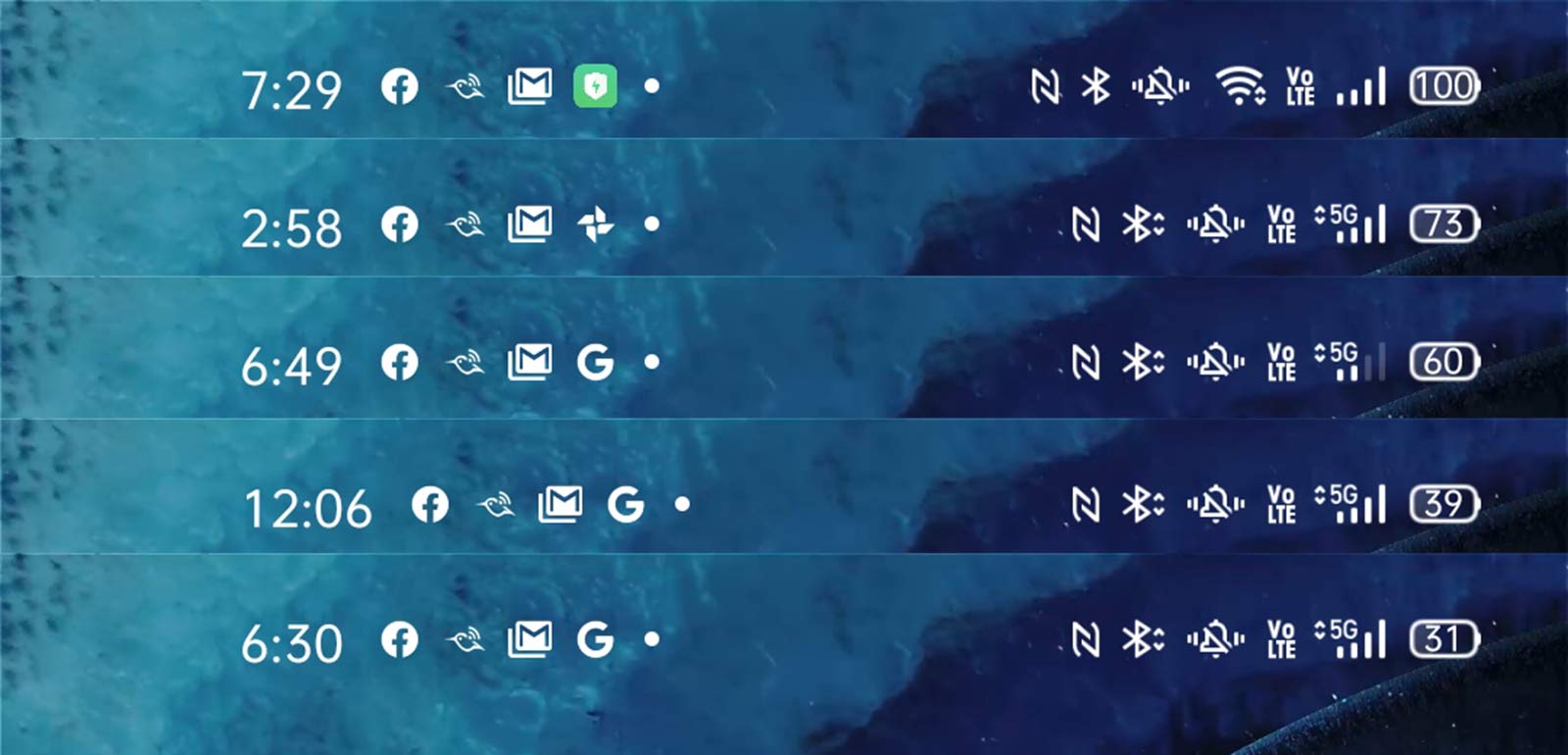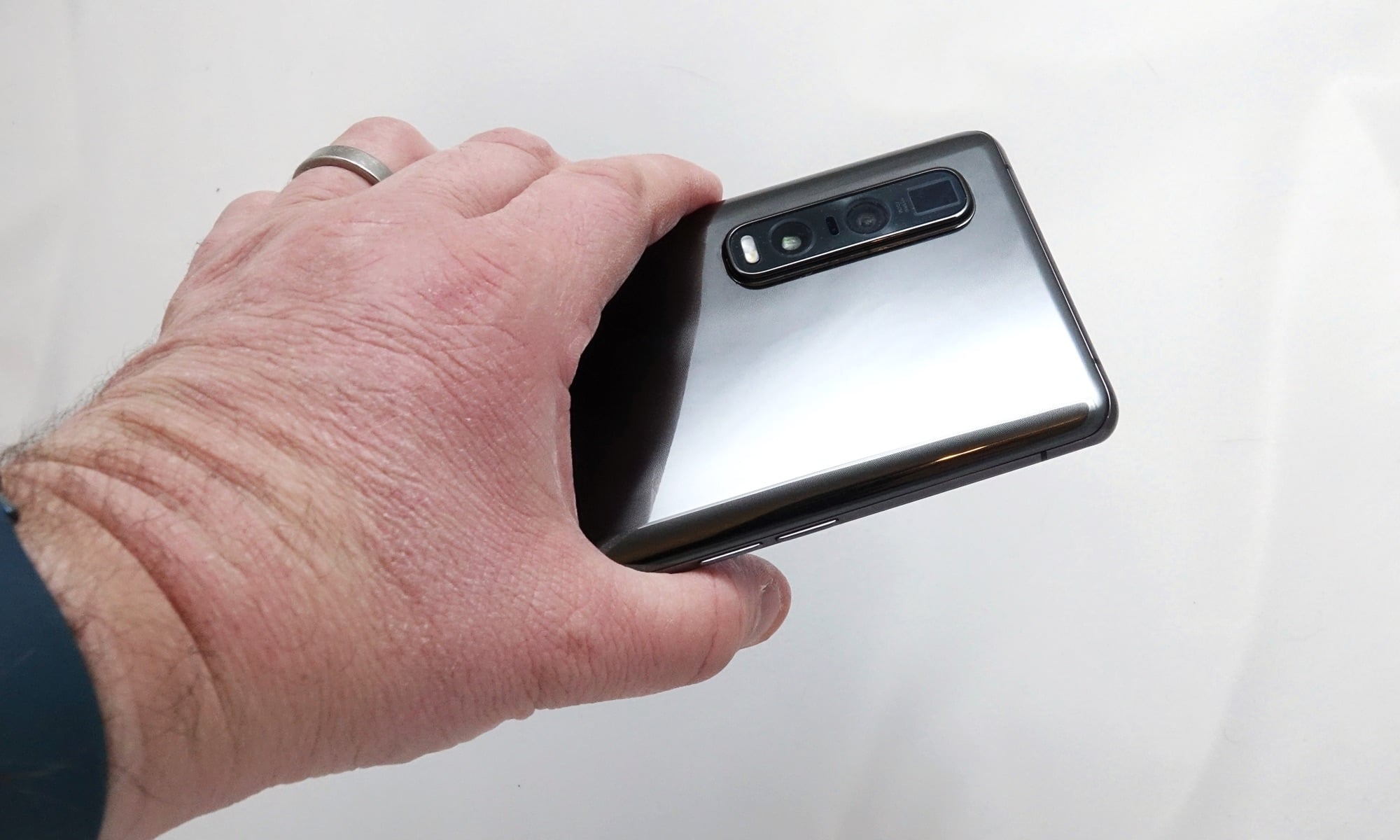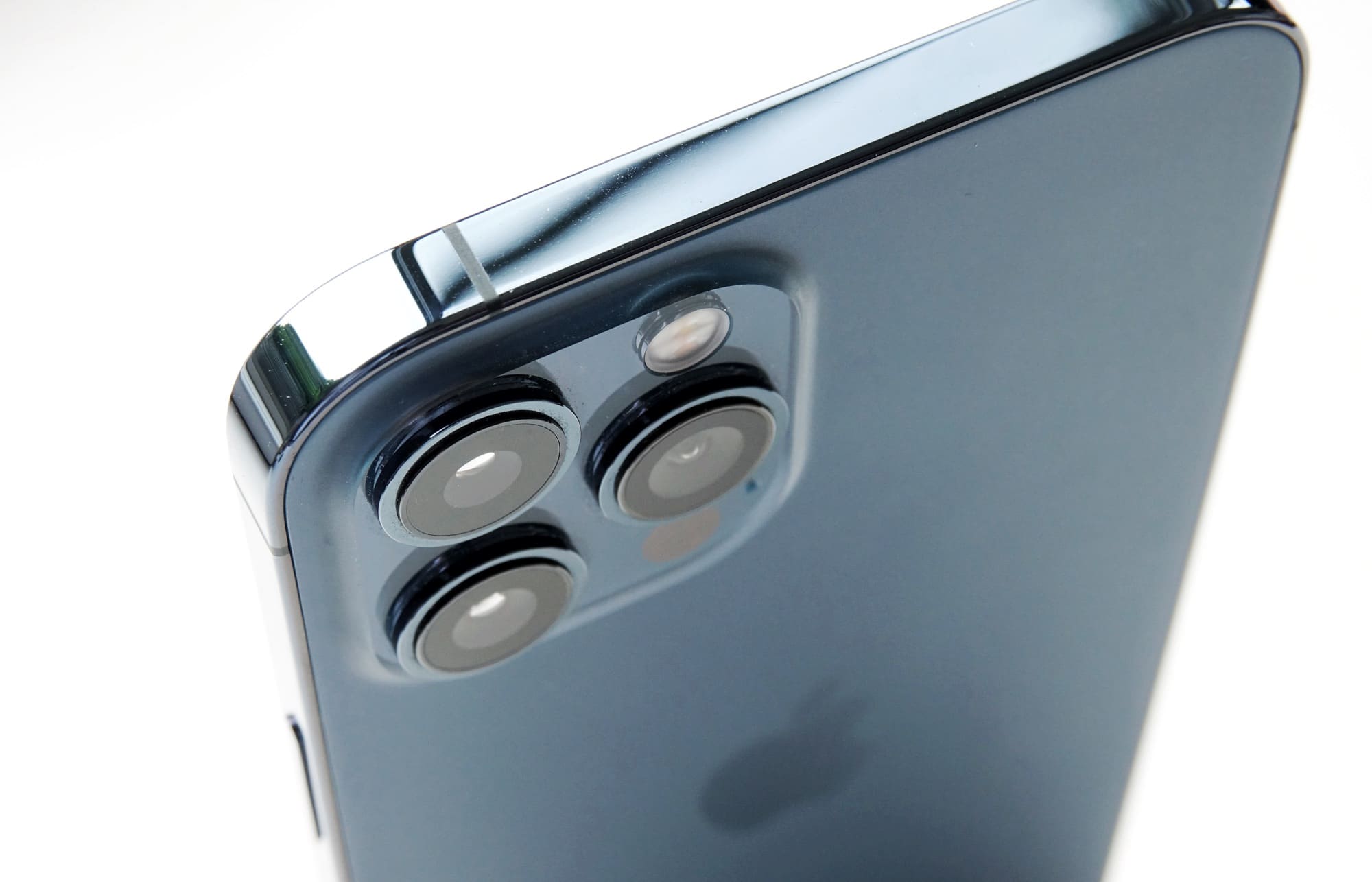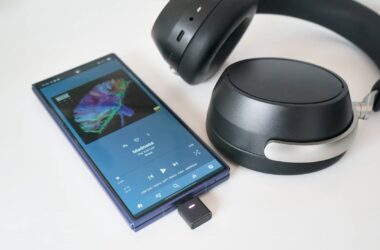Quick review
The good
The not-so-good
Premium phones tend to push into $2K pretty quickly, but the Oppo Find X2 Pro shows you don’t have to hit that high to get the goods, or even the greats.
You don’t have to look very hard to find that phones are becoming more expensive, as flagship premium devices turn to larger spends. Sure, you can definitely find devices in both the budget and the mid-range that nail value beautifully, but if you want the best of the best the year you buy them in, you’re typically going to spend up.
Spending up in phones has seen numbers steadily climb over the past few years. It doesn’t seem that long ago that premium flagship would command a thousand dollars, and that was expensive. We really are truly through the looking glass here, though, as flagship phones with all the fix-ins push past $2K, and start approaching the next price point, $3K.
It might seem crazy that a smartphone could cost a lot more than what most people would be willing to pay for their laptop computer, but that’s where we are.
However an expensive laptop and an expensive phone may have more in common than you might initially realise. They both tend to max out the specs, and they’re both built to be used for a few years. And these days, there’s the other clincher: we’re possibly using our phones more often than the laptops we own.
But just because a high-end smartphone pushes well into $2000, doesn’t mean it has to. Some manufacturers are showing the big boys that you don’t need to charge the proverbial arm or leg to get the same impact, and with Oppo’s 2020 flagship, the Find X2 Pro, that message is being screamed loud and clear.
Is the Oppo Find X2 Pro a flagship made modest?
Design
Finding the answer to this question starts, of course, with the design, and these days, it’s a design we feel we’ve seen before, and if you’ve seen flagship phones this year, you’ll probably be the same.
With a big glass screen atop a metal frame, complete with a punch hole design for the selfie camera in the top left, there’s a good chance the Oppo Find X2 Pro won’t amaze you with design ingenuity.
It’s a nice looking phone, but these days it’s more or less par for the course, coming across similarly to the Huawei P30 Pro, P40 Pro, or Samsung’s Galaxy S20+ or Galaxy S20 Ultra, with a big screen and small camera hole that may annoy folks with OCD given the slight justification it adds to the screen, with the camera protrusion obvious on the other side, the rear.
In fact, it’s the rear where it feels Oppo has been the most playful, offering a choice: you can either have a black ceramic back or an orange “vegan leather”, which is another way of saying plastic textured like leather. We’ve seen both, and they each offer something different, but our review model was the black ceramic, and it felt a lot like glass, complete with heft.
At 207 grams, it’s a weight you can definitely feel in the design, though this is a big phone, and one that has quite a lot to offer.
Features
Inside this glass-topped, ceramic-backed handset, Oppo has equipped a reasonable amount of technology, including a flagship Qualcomm Snapdragon 865 eight-core chip paired with 12GB RAM and 512GB storage, both of which make the phone about as high-end as other flagship.
Android 10 accompanies the Find X2 Pro, though Oppo has skinned it slightly in the latest version of its Color OS, which these days is veering closer to what Google’s proper version of Android looks like, albeit without the Google Now screen on the very left.
Cameras are a big part of what makes this phone important, with a 48 megapixel standard wide camera sporting F1.7, a 48 megapixel ultra-wide for very wide angle shots and macro images supporting F2.2, and a 13 megapixel periscope-design telephoto camera with F3.0 and supporting up to 10X hybrid zoom.
Alongside the three camera setup on the back, there’s the one camera up front, an aforementioned punch-hole that sits in the top left and offers 32 megapixels at F2.4.
Connections are also a big deal here, thanks to the support of 5G in the Oppo Find X2 Pro. You’ll find both 4G and 5G working on this phone, as well as 802.11a/b/g/n/ac/ax WiFi 6, Bluetooth 5, GPS, and Near-Field Communication. Those are all wireless connections, and there is a wired connection, too, but only one: USB Type C, which sits at the very bottom of the device, working for charge, data, and sound.
All of this sits under a 6.7 inch OLED screen supporting a Quad HD+ resolution of 3168×1440 and protected by Corning’s scratch-resistant Gorilla Glass 6. Aside for slightly durable glass, Oppo’s Find X2 Pro also offers IP68 water resistance, making it something that can survive a quick dip or something a bit longer.
A fingerprint sensor is built into this screen, as well, though there’s also support for facial unlocking using that camera, if you want it.
Finally, a 4260mAh battery sits under the hood, actually made up of two batteries working together.
In-use
Grab the phone and fire it up, and you’ll find that Oppo’s Color OS in its latest version (7.1) offers a look less like the iOS inspired take of the past, and one closer to what Google has in mind for Android.
It means you’ll get several widgetised homescreens, but you also get the swipe up app menu drawer, with support for both regular and dark mode. It’s a fairly clean looking version of Android, and you can see Oppo is chasing after both Google’s own approaches, as well as what Samsung offers in its One UI.
Granted, it has the odd quirk or two, but Oppo is getting better at making its phones look and feel properly professional, and it’s not just because of the software.
Display
Part of what makes the Find X2 Pro highly usable is the screen, which stands out for two reasons: it’s a lovely to look at OLED panel, and the specs are pretty impressive, too.
First of all, we love seeing OLED and AMOLED panels in our phones. The colours are vibrant and impactful, and the whole thing comes together nicely. It’s what Samsung typically uses on its Galaxy phones, and what Apple uses on the iPhone 11 Pro and Pro Max. OLED is lovely on TVs and on phones, and is highly desirable.
Second, there’s the specs: this is a Quad HD+ screen with a very impressive 3168×1440, the highest res we’ve seen on an Oppo to date, and one of the highest of any phone out there. It also runs at 120Hz, making it super smooth to use, and seems to be able to do it on Quad HD.
To put that into perspective, phones like those in the Galaxy S20 range support 120Hz, but have to drop the resolution down to Full HD to get that 120Hz going. Oppo can let you choose what refresh rate and resolution you want, or let the system handle it automatically. The result is a phone that is as smooth and sharp to use as you’d expect a flagship phone in 2020 to be, and it’s lovely to see in action.
That screen sports 100 percent of the P3 colour gamut, much like Apple’s MacBook Pro and iMac computers, and Corning’s Gorilla Glass 6 protects it.
It’s just pure premium, and it’s curved, as if the image flows out of the phone and into your hand. The Oppo Find X2 Pro is one slick phone, and we can tell just by looking at it.
Performance
Using the Find X2 Pro is helped by the specs, which command a stellar performance, and may tower over your regular day to day computer.
Inside the X2 Pro, Oppo has equipped a top-of-the-line Snapdragon chip, the 865, and paired it with a staggering 12GB RAM. To put that into perspective, many computers come with 8GB, which to many is considered the minimum amount you’d want for either Windows 10 or macOS. For the record 8GB is the minimum amount you can get with Macs, while Windows machines can be found with as low as 4GB.
Oppo is turning it up a notch in the Find X2 Pro, sporting a staggering 12GB, which basically means picture perfect performance.
And it’s quite impressive. That combination basically means there’s never a hint of lag, even when you run the many apps and games you’re likely to.
It’s exactly the sort of performance you can expect from a top tier phone from any other manufacturer, as well as Oppo. Just on performance alone, the Oppo Find X2 Pro is up there in the pantheon of phones that nail performance.
Oppo’s ability to drive the the hardware capabilities in performance doesn’t just sit in how the phone responds to apps, but also mobile performance overall.
Armed with a 5G modem, the Find X2 Pro is a speed demon both for software and for mobile performance, achieving speeds reaching into the 320Mbps in our tests on the Telstra 5G network in Sydney. While 5G speeds are network dependent, of course, the ability to hit speeds that can push into the gigabits is welcome, and will only improve over time.
Camera
Strong performance isn’t all you have to look forward to in the Oppo Find X2, with a fairly capable camera system, too.
Now the phone won’t win the award for the most cameras in a phone to date, and with only three on the back, you’d be excused for thinking Oppo is slightly behind the times.
That is until you actually use it.
The moment you begin using the Find X2 camera system, you’ll find a highly capable camera setup let down only ever so slightly. Overall, the camera assortment used on this handset is quite capable, with a 48 megapixel standard wide camera set to F1.7, an ultra-wide F2.2 camera with an equal megapixel amount of 48, and then a 13 megapixel periscope telephoto camera set to F3.0. You’re basically capturing 12 megapixel images across the board here, with the 48 megapixel sensor downsampling to a multiplication of four, something that is becoming consistent in smartphone photography of late.
This all might come across as jargon, but the result delivers some interesting results, with great images day or night, a decent stacking “night” mode, and one of the most interesting capabilities we’ve seen from a phone to date: a macro mode that seems to genuinely work.
To make macros work, Oppo is employing that 48 megapixel ultra-wide camera for 12 megapixel stills, which allows the phone to get close enough to textures and details, and snap surprisingly sharp images with solid depth of field. The result are textures that stand out from pictures shot up close.
You’re probably not going to use the macro to grab sharp photos of flowers or bees like a traditional macro camera, but that’s not to say you won’t, and could definitely try with this setup.
Beyond macros, the camera system is solid. The portraiture mode offers shallow depth of field, and even though the edges of hair aren’t typically amazing, the results are often very good.
We don’t think the Find X2 Pro quite beats the Huawei P30 Pro with its use of a depth sensor, but it’s definitely better than what we’ve experienced from Samsung, with clearer portraits overall. It would be nice if Oppo supported something like Apple’s ability to change the F-stop and lighting later on in its portrait mode, but this is definitely a solid start overall.
Even low light shines, be it in the standard short or with a stacked night shot mode, which delivers results, and the periscope camera can get you a little closer with 5X optical and 10X hybrid zoom working here, too.
The one area we think Oppo’s Find X2 Pro camera system struggles slightly is in the clarity, which is lacking ever so slightly. Specifically, there are clarity issues, as the images are a little soft up close, missing out on some of the sharpness we crave.
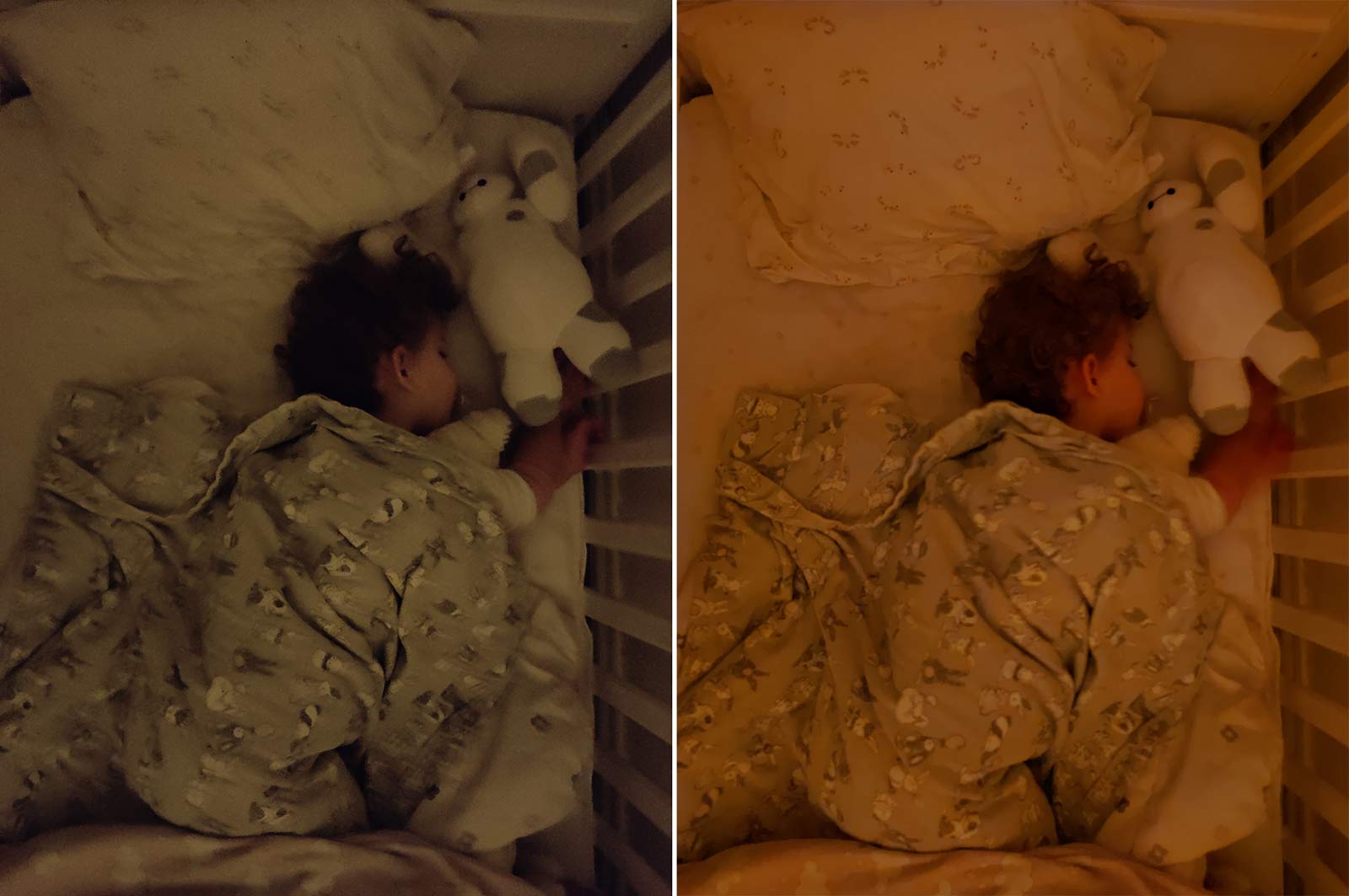
Oppo’s understanding of colour can sometimes glitch out a bit as well, blowing out certain colours when it doesn’t understand the scene.
As an example, a night shot stacking scene in a room involved a pink light, and the stacking mode flattened the image compared to the standard camera. It’s a result we found when light was too harsh at points, and a result that we could repeat, and that other phones had little problem with. A shame, but it could also be a quirk fixed later on with software.
On the front, the 32 megapixel camera is quite nice, providing more than enough megapixels for those selfies, and a reasonable amount of clarity, too.

Battery
Things get a little weird in the battery department, which takes a few days for the phone to warm up to you using it.
Almost as if the battery has needs to use some form of learning, it takes a good four or five days for the Oppo Find X2 battery to perform where it should, and largely works like this: for the first few days, expect to charge it nightly; after that, things get a little nicer.
In those first few days, battery life was a little strange. It felt like it was going to be a two day phone, but no matter what sort of settings we tried, we typically found a workday, needing charge at the end of the night. Those settings were with Quad HD and the 120Hz switched on, so we switched things to Full HD without the faster motion rate, which unsurprisingly gave us a little more juice.
Eventually, Android and the Find X2 Pro seemed to cooperate, and provided those full 24 hours of battery life, plus a little bit more, though much like the other flagships, we’re typically seeing this as a 24 hour phone.
It could be better, and that could change with time and improvements to software, but right now, it’s acceptable bordering on slightly underwhelming. Oppo normally nails battery life in its mid-range phones, so while the Find X2 Pro is. very premium, it feels like it could be a little better.
Value
Yet at the $1599 price point, the X2 Pro is a phone that really comes together nicely. Granted, the price point is a little on the exy side, but still doesn’t hit as high as some other phones out there, which can push close to a thousand dollars higher.
From the specs alone, Oppo has essentially built its own take on the Galaxy S20 Ultra, with a similar size, shape, weight, and set of connection options, but for less. Comparatively, the Oppo Find X2 Pro is $1599 while the Samsung Galaxy S20 Ultra is $2249.
And yes, while that’s not cheap, considering what you get, it’s a pretty solid value all-round. Exy, yes, but good value.
What needs work?
With a battery that can be a little hit and miss, especially in the beginning, and a camera that can appear soft at times, the Oppo Find X2 Pro feels like it has a few things that need ironing out.
You’ll also find the odd software quirk here and there, such as how the always-on display won’t always load in English, even if the main operating system language has been set as such.
However there are two other things we’d point out, one that is just a little unfortunate, while the other is something a flagship needs these days but misses out on.
Slightly unfortunate is the overall heft and lack of balance, which causes the phone to feel a little shaky on surfaces, thanks in part to the slight protrusion for the camera on the back. We can get over this easily, because short of a severe earthquake, it’s not likely to make much of a difference.
However the lack of wireless charging is a little more frustrating, and should be a part of a flagship phone’s feature set.
We’re not sure why, but for some reason, wireless charging isn’t part of the feature set on this otherwise impressive phone. The Find X2 Pro has almost everyone else a flagship should have, and yet misses out on one of those features that every other flagship has.
Oppo has attempted to make up for it with a very, very fast 65W charger, a power pack which could make your laptop quite happy and fuelled up. It’s a great inclusion, but we’d love to see wireless charging, something that has been in premium phones since 2013, but is still missing in action on a 2020 flagship, some seven years later.
This feature can be lived without, for sure, but given the $1599 price, it should be a part of the package. A flagship phone in 2020 should have wireless charging, and Oppo’s Find X2 Pro would definitely feel more complete if it did.
Final thoughts (TLDR)
Even without wireless charging and having the heft it has, the Find X2 Pro is still a surprisingly solid attempt at a high-end phone without the high-end price.
Yes, it’s a high price, but in a nice change from the premium fare we’re used to seeing, it feels like Oppo gives you the right features for the price.
It is indeed a flagship made modestly, because it doesn’t reach too far into your wallet to say “this is a flagship in 2020”, and delivers a premium phone the way we’d expect it from a brand like Oppo: it’s a flagship with value.
There are things Oppo could iron out and improve, fixing things maybe for a subsequent X2 Pro Plus, or maybe even the eventual X3. For now, it’s a solid smartphone offering, and Oppo’s best device yet.
